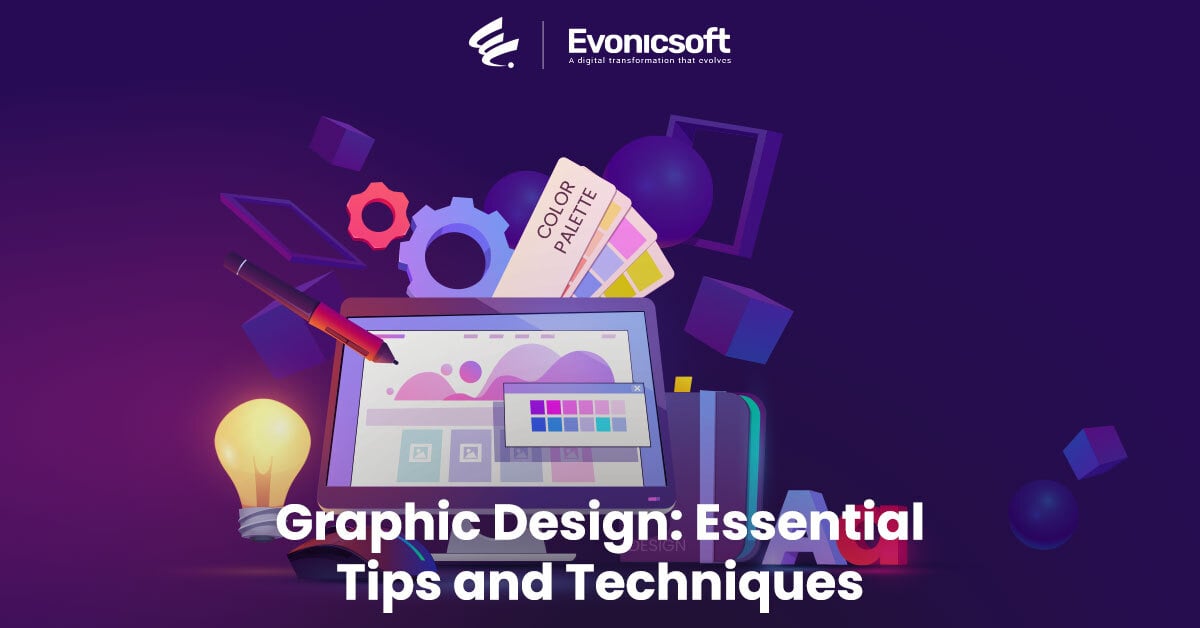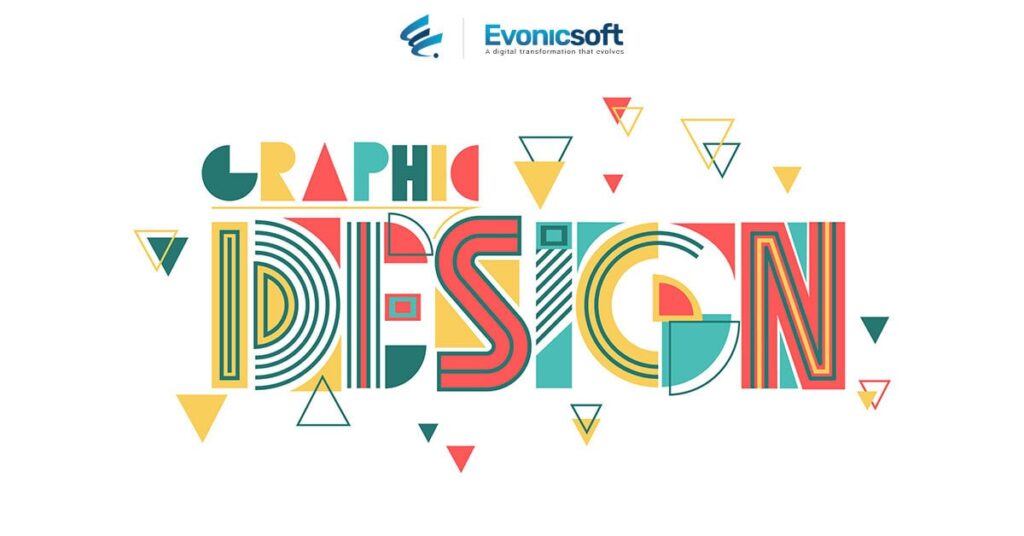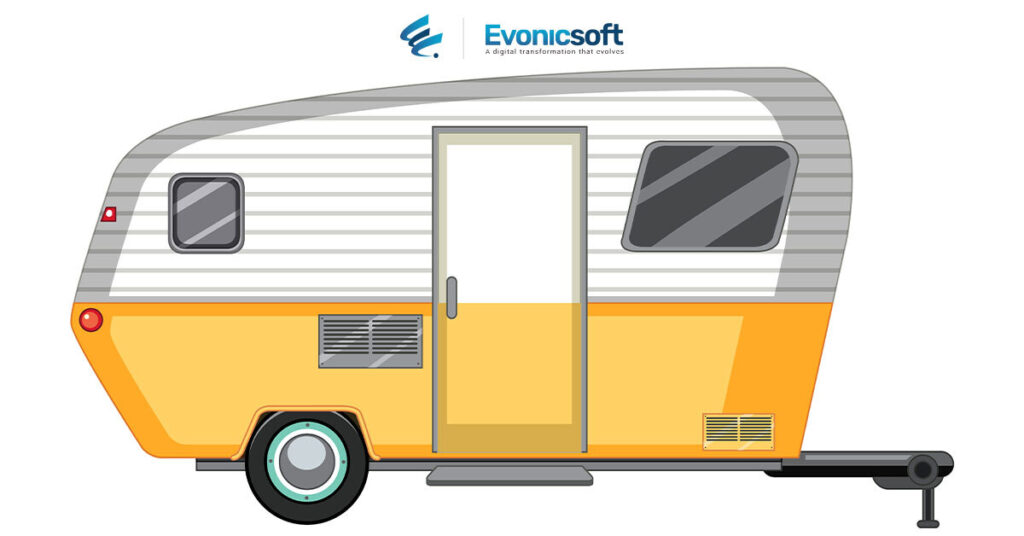
Graphic Design: Essential Tips and Techniques
- Sami Ul Hassan
- 12/12/2023
- Graphic Design
Graphic design is a powerful tool that can make or break a brand’s image. It is the skill of putting together words, pictures, and other visuals to make a design that looks good and works well. Graphic design is extremely important in our modern digital era. It is used in various areas such as websites, social media, packaging, and advertising.
Whether you are a professional graphic designer or someone looking to design your own emergency vehicle graphics. understanding the essential tips and techniques of graphic design can help you create stunning and impactful designs. In this article, we will explore the key elements of graphic design and provide tips on how to master this art form.
Check here to hire Graphic Design Agency Dubai.
Understanding the Basics of Graphic Design
Before diving into the tips and techniques, it is important to have a basic understanding of graphic design. At its core, graphic design is about communicating a message through visual elements. This could encompass typography, color, illustrations, and arrangement.
Typography
Typography is the art of arranging type to make written language legible, readable, and appealing when displayed. It is a crucial element of graphic design as it can convey emotion, tone, and personality. As you choose typography for your design, consider the typeface, scale, and distance. Ensure it aligns with the overall theme and aesthetics.
Color
Color is an important tool in graphic design. It can make us feel certain emotions and help us recognize and remember a brand. When choosing colors for your design, consider the psychology behind each color and how it aligns with your message. For example, red can convey passion and energy, while blue can evoke feelings of trust and reliability.
Images
Images are a key element of graphic design as they can capture attention and convey a message quickly. When choosing images for your design, consider the quality, relevance, and placement. Good images that match your message can improve a design. However, bad or unrelated images can make the design worse.
Layout
The layout of a design refers to how all the elements are arranged on the page. A well-designed layout should be visually appealing, easy to navigate, and effectively communicate the message. Consider the hierarchy of elements, balance, and white space when creating a layout for your design.

Tips for Mastering Graphic Design
Now that we have covered the basics of graphic design, let’s explore some essential tips and techniques to help you master this art form.
1. Understand Your Audience
Before starting any design project, it is important to understand your target audience. Consider their demographics, interests, and preferences to ensure your design resonates with them. If you are creating something for young people, you might choose bright colors and up-to-date fonts. On the other hand, older people might prefer a traditional and stylish design.
2. Keep It Simple
In graphic design, simple and frequently proves more effective. Avoid cluttering your design with too many elements, as this can make it overwhelming and difficult to understand. Instead, focus on a few key elements that effectively convey your message. This will make your design more impactful and easier to understand.
3. Use Contrast
Contrast is crucial in graphic design as it can make things more interesting to look at and focus on certain parts. Create contrast in your design by combining light and dark colors, big and small fonts, or thick and thin lines. This will help create a sense of balance and make your design more visually appealing.
4. Pay Attention to Alignment
Alignment is crucial in graphic design as it helps create a sense of order and organization. When elements are aligned, it makes the design more visually appealing and easier to navigate. Use a grid or guidelines to ensure your elements are aligned properly.
5. Experiment with Typography
Typography is important in graphic design. There are many options for fonts and styles. Feel free to play around with various fonts and typographical styles to find the one that fits your design best. Just be sure to keep it legible and aligned with your overall message.
6. Use Negative Space
Negative space, also known as white space, is the empty space around and between elements in a design. Graphic design uses a powerful tool to make things look balanced and draw attention to important parts. Don’t be afraid to use negative space in your design to create a clean and modern look.
7. Keep It Consistent
Consistency is important in graphic design. It helps establish a brand identity and makes the design look better. Use consistent colors, fonts, and styles throughout your design to create a cohesive and professional look.
8. Get Feedback
Getting feedback from others is an important part of the design process. Share your design with colleagues, friends, or family members and ask for their honest opinions. This can help you identify any areas for improvement and make your design more effective.
Techniques for Designing Your Own Emergency Vehicle Graphics
Designing emergency vehicle graphics requires a different approach than other types of graphic design. Here are some techniques to keep in mind when designing your own emergency vehicle graphics.
1. Consider Visibility
When designing emergency vehicle graphics, it is important to consider visibility. These pictures must be visible and clear to other drivers, even in bad weather or low lighting. Use high-contrast colors and large, bold fonts to ensure your message is easily visible.
2. Keep It Simple
As mentioned earlier, simplicity is key in graphic design, and this is especially true for emergency vehicle graphics. These graphics need to convey a message quickly and clearly, so avoid cluttering the design with too many elements.
3. Use Reflective Materials
Reflective materials are a must for emergency vehicle graphics. They assist in making the graphics easier to see during the night and in situations with little light. This helps ensure the safety of both the emergency vehicle and other drivers on the road.
4. Consider the Vehicle’s Shape
The shape of the vehicle can also impact the design of emergency vehicle graphics. When you design the graphics for the vehicle, think about its curves and angles. Make sure the graphics blend in well and have a professional appearance. It’s also called RV Graphics design.

Conclusion
Graphic design is a powerful tool that can help businesses and individuals effectively communicate their message. If you learn the basics of graphic design and use these important tips and techniques. You can make impressive designs that have a strong effect on your audience.
Whether you are designing for a brand or creating your own emergency vehicle graphics. These tips will help you master the art of graphic design.
Keep checking us on Facebook, Instagram or Twitter for updates.




